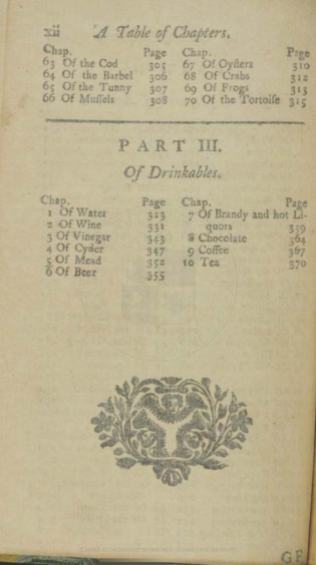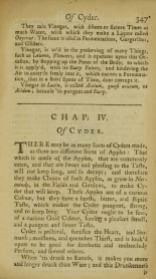I know–that sounds vaguely like the start of a joke. And, after reading a little further, you might continue to think that’s the case. I promise, it’s not! This week, we’re featuring a newly-acquired piece of advertising ephemera. It’s a bit difficult to introduce. So, for the moment, I’ll let it speak for itself: The Garfield Tea counter-top advertisement…

This 3-d piece has a flap that folds out in the back, so it would have most likely sat on counters to advertise. Judging by what we know of the company (see below), the product wasn’t sold until some years after the assassination of James A. Garfield. At the earliest, it probably dates to 1885, four years after his death. Which of course raises the question of why? (Or, as some of my colleagues and I said when we saw it, “Whaaaaa?”) There’s no obvious connection between the man or the man as President and a laxative tea, but that didn’t stop Stillman Remedies Co. We know the product came as a loose tea, a bagged tea, and in syrup form. Oh, and while there probably wasn’t actually a “Dr. Stillman,” there does appear to have been a medical man behind things.
Most of what I was able to glean of the Stillman Remedies Co. comes from now-digitized New York State documents, labor reports, and periodicals of the time. They were in business by at least 1888 (possibly sooner) and still around at least as late as 1910. For example, in 1897, from Documents of the Assembly of the State of New York, Volume 18, we can tell how many male and female employees they had (2 male, 25 female) and that maybe manufactured a variety of medicines (patent or otherwise), but it’s hard to say for sure. Garfield Tea was the name that come up in conjunction with the business and the owners in the historical record. The periodical, The Medical World, Volume 16 offers us the best explanation of what was actually IN Garfield Tea: “Our examination showed it to contain chiefly senna leaves and crushed couch-grass. There are perhaps small amounts of other drugs present; but if so, they are relatively of little importance.” Hmm, not exactly inspiring, that last part. But, therein lies the danger of patent medicines of the time in the days before the Pure Food and Drug Act–no one was obligated to tell you what was in the box or the bottle. Most descriptions that exist in the modern age come from the small print on the advertisement itself or from one single contemporary description that was published word-for-word in multiple sources. There are some great images of other packaging through The Herb Museum’s website, though.
The Michigan Reports: Cases Decided in the Supreme Court of Michigan, Volume 76 suggest that people behind Stillman Remedies Co. were actually Emmet and Helen Densmore, which opened up a new pathway for research. (This case was a battle between the Densmores and a former employee who had been authorized to distribute the product in certain locations. The Michigan Reports include an opinion that reversed the first decision, in favor of the defendant, but it is unknown how the new trial turned out. There was at least one other case later on, too, in New York.) Dr. Emmet Densmore (1837-1911) was a physician and author, as well as owner of Stillman Remedies Co. (which is occasionally also referenced as the “Garfield Tea Company”). He had originally been involved in oil in his home state of Pennsylvania and later worked with his brothers on early typewriter designs. His books related largely to food, diet (favoring raw foods and limiting starches), and hygiene. His last work, in 1907, however, dealt with the question of the equality of the sexes.
At which point, it seemed wise to quit digging. After all, what I had intended to be simple post about a strange advertisement turned into an even stranger exploration with way more information than anyone could want. Yet, despite all that, Stillmore Remedies Co. and the Densmore still have some secrets we can’t divine (at least not in a couple hours’ worth of research). “Why Garfield?” and “Why a laxative tea as your prime product?” and “Why use Garfield to sell a laxative several years after he was assassinated?” (I kept expecting to find a lawsuit on the use of his image!) While we all ponder those questions and more, the advertisement is destined to become a part of our Culinary Ephemera Collection’s series on patent medicines. And you’re welcome to see it in person. We’ll be here, right along with the late President Garfield.

















